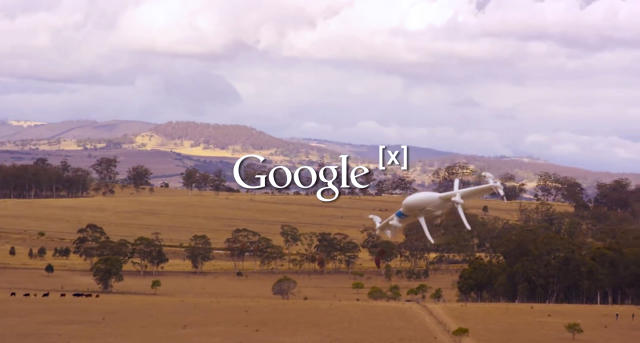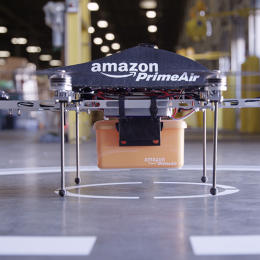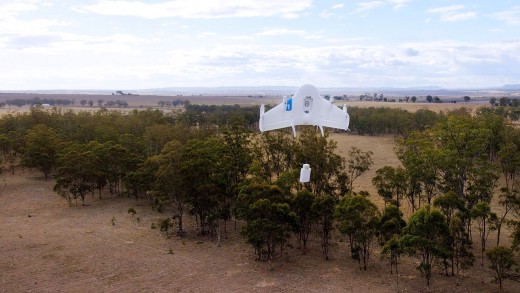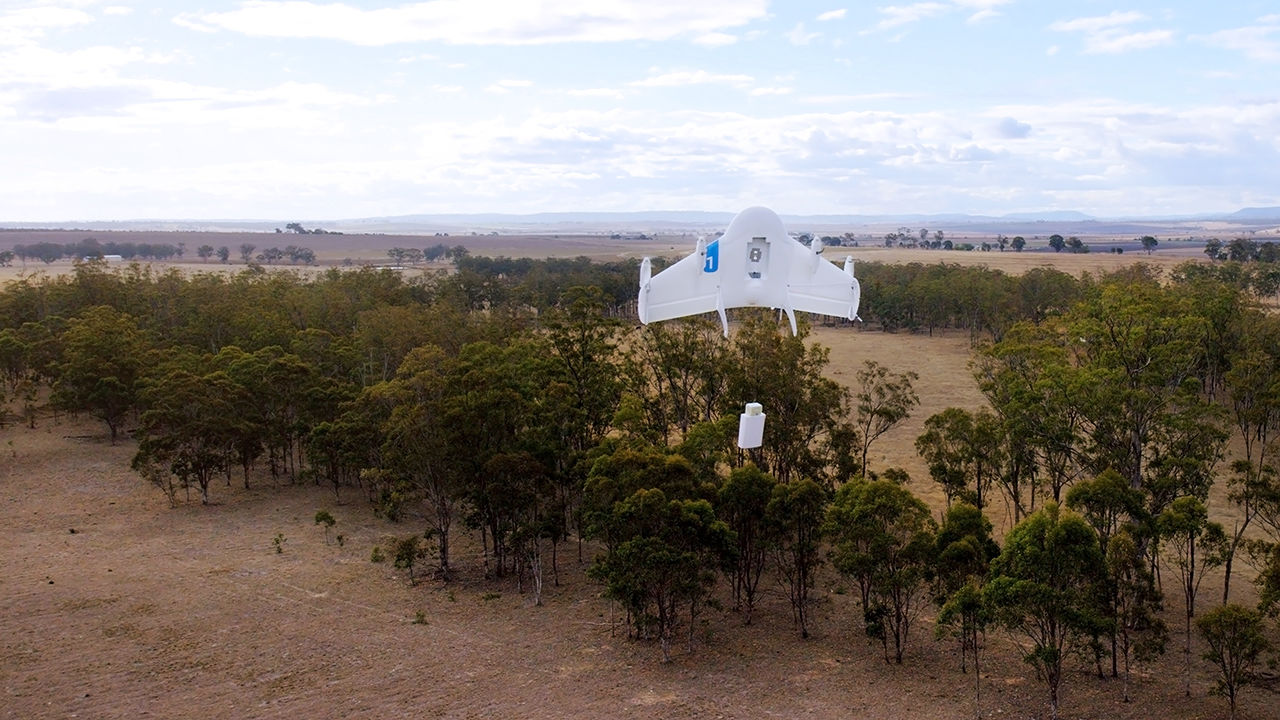Google’s mission Wing Swoops Into Drone Air site visitors keep watch over conversation
the key is conversation, collaboration, and moving forward aggressively says Google’s mission Wing lead Dave Vos.
July 29, 2015
Google has one strict mandate for its project Wing software: No ostriches.
In a future the place the skies are full of drones, some turning in applications, some preventing fires, and a few out for joy rides, there’s going to need to be a gadget for managing all that visitors. The worst thing you are able to do is mimic an ungainly, flightless fowl with a penchant for striking its head within the sand.
Airplanes have a neatly-established air-visitors control and communique methods, and now some consider there’s an urgent need for small unmanned aerial automobiles (UAVs), or drones, to have them too. however it’s no longer clear who would run or regulate such methods. At a convention being held at NASA’s Ames research center in Silicon Valley this week, a thousand people have come to listen to leading specialists in the container talk about the best methods to enforcing an air-site visitors keep watch over regimen for drones.

Google needs to be part of it.
as of late at the convention, Dave Vos, who heads up the search giant’s secretive Google Wing mission—its model of a delivery drone—talked about how the company desires to enroll in with some of expertise’s biggest players in a huge air-site visitors keep an eye on system.
“Rule number one,” Vos mentioned, “no sticking your head in the sand.”
(July 31, 2015), NASA’s Parimal Kopardekar, the primary investigator of the agency’s NextGen Airspace undertaking, laid out his vision for this kind of machine. Kopardekar stated he imagines building it round administration of airspace, and the power to enforce real-time dynamic or static geofencing—know-how that can mechanically limit where drones fly according to security, safety, or privateness parameters.
He additionally mentioned there would possible be 4 phases a good way to commence rolling out subsequent month and proceed through 2019, and so one can slowly put into effect management of drone site visitors over populated areas and with more subtle communications between the devices and between them and operators on the bottom.

additionally (July 31, 2015), Amazon defined its plan for a drone air-traffic management regimen. underneath Amazon’s plan, the airspace between altitudes of 200 and 400 ft above the bottom can be saved for small drones with on-board communications gear and sensors flying at high speeds.
Google’s Vos has the same opinion that it’s crucial for a smartly-managed device for controlling drone site visitors within the skies, particularly in populated areas.
project Wing is set handing over “stuff to you in really quick order…where you might be,” stated Vos. “There’s not many individuals in unpopulated areas. by using definition, we want to operate in populated areas.”
The keys are conversation and collaboration, some degree Vos made time and again all over his discuss—conversation between two drones, or between drones and the ground, or drones and a faraway operator via the web. He imagines cell communications between drones and the bottom, a device known as ads-B (computerized dependent surveillance-broadcast) between drones and manned aircraft, and each commercials-B and 802.11b communications between two drones.
“We need to work very intently with cellphone carriers and know-how firms,” Vos said.

in spite of everything, it’s now not clear exactly how Google’s, Amazon’s, or NASA’s visions will likely be carried out. What appears seemingly is an amalgamation of various plans. clearly, though, corporations like Google and Amazon wish to be key stakeholders because the system is put in place, given their trade goals.
And once once more, Vos mentioned what’s vital is that everybody involved retains their eyes open and maximizes the potential of collaboration and verbal exchange. a point he made with a easy question:
“How can we grow ostriches with real wings as a substitute of massive ft,” he stated, “and get off the ground?”
(122)














